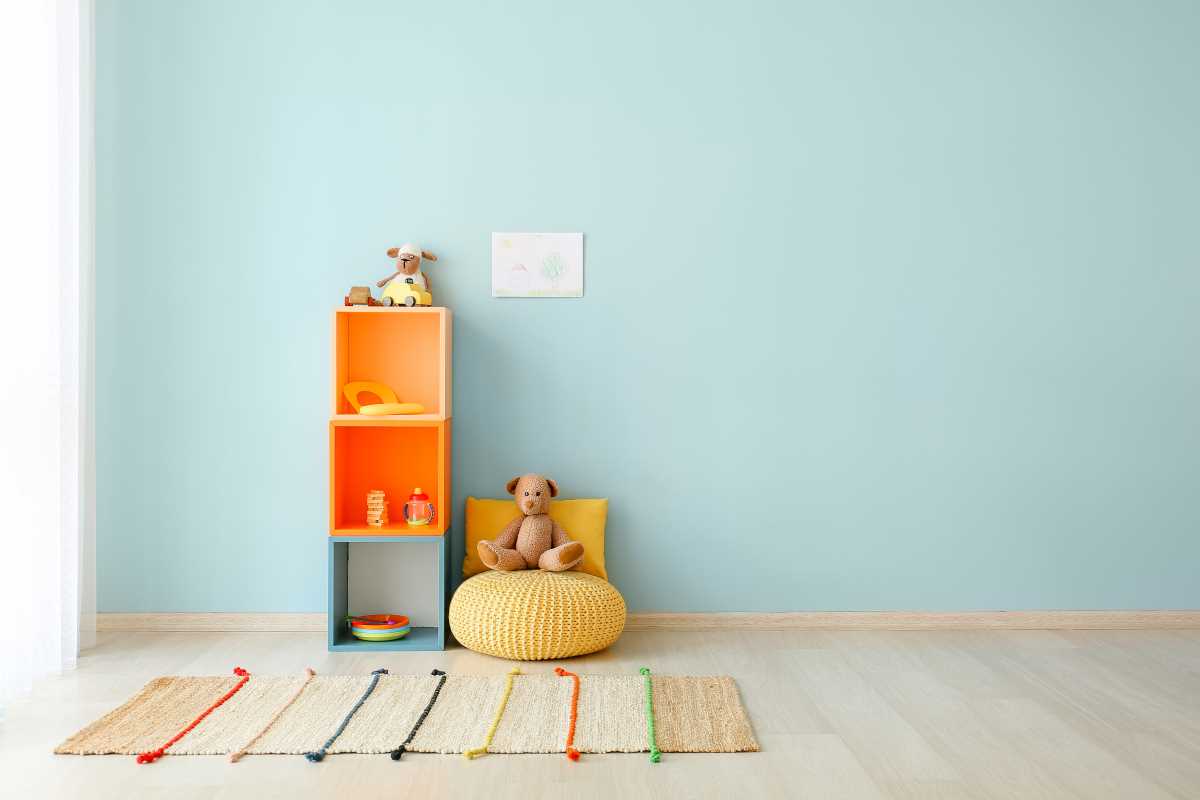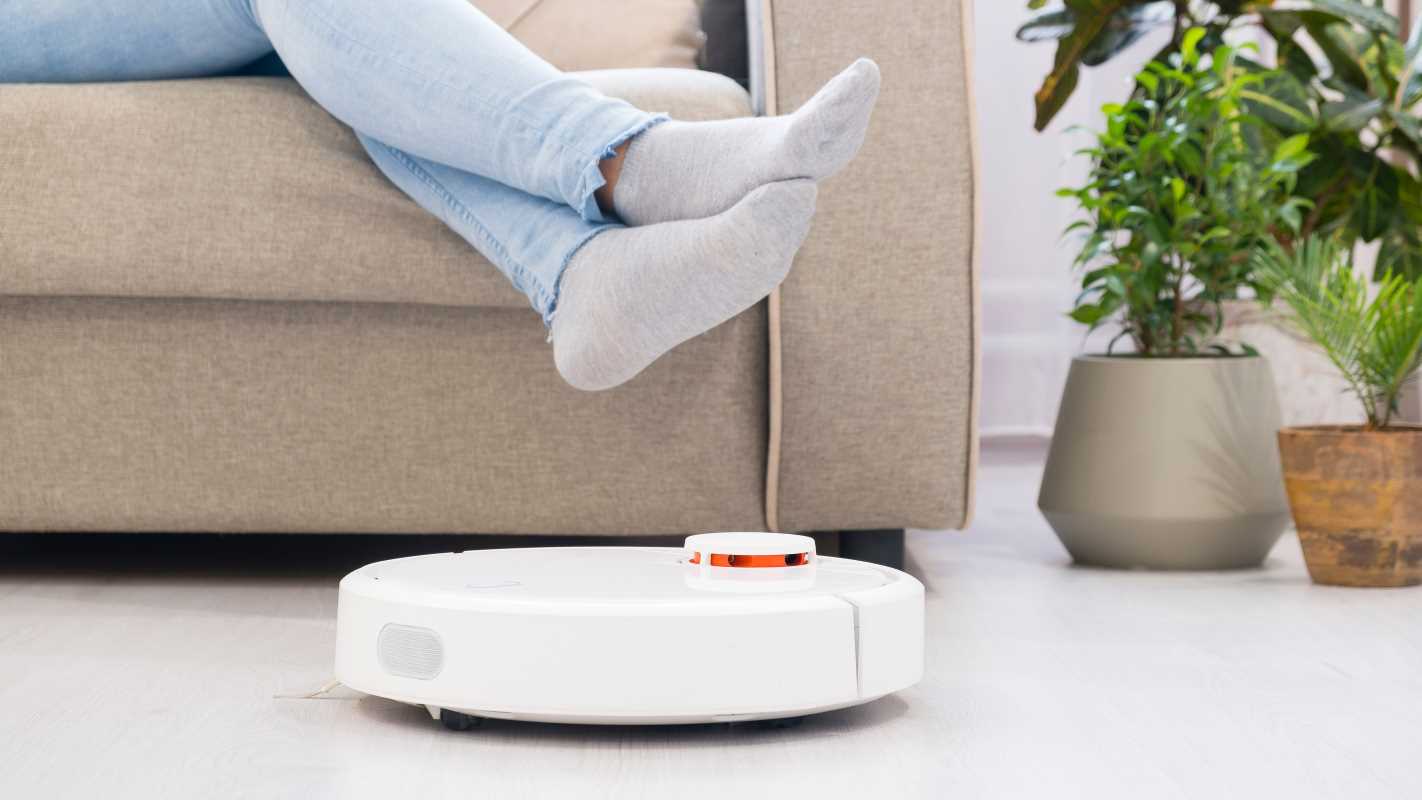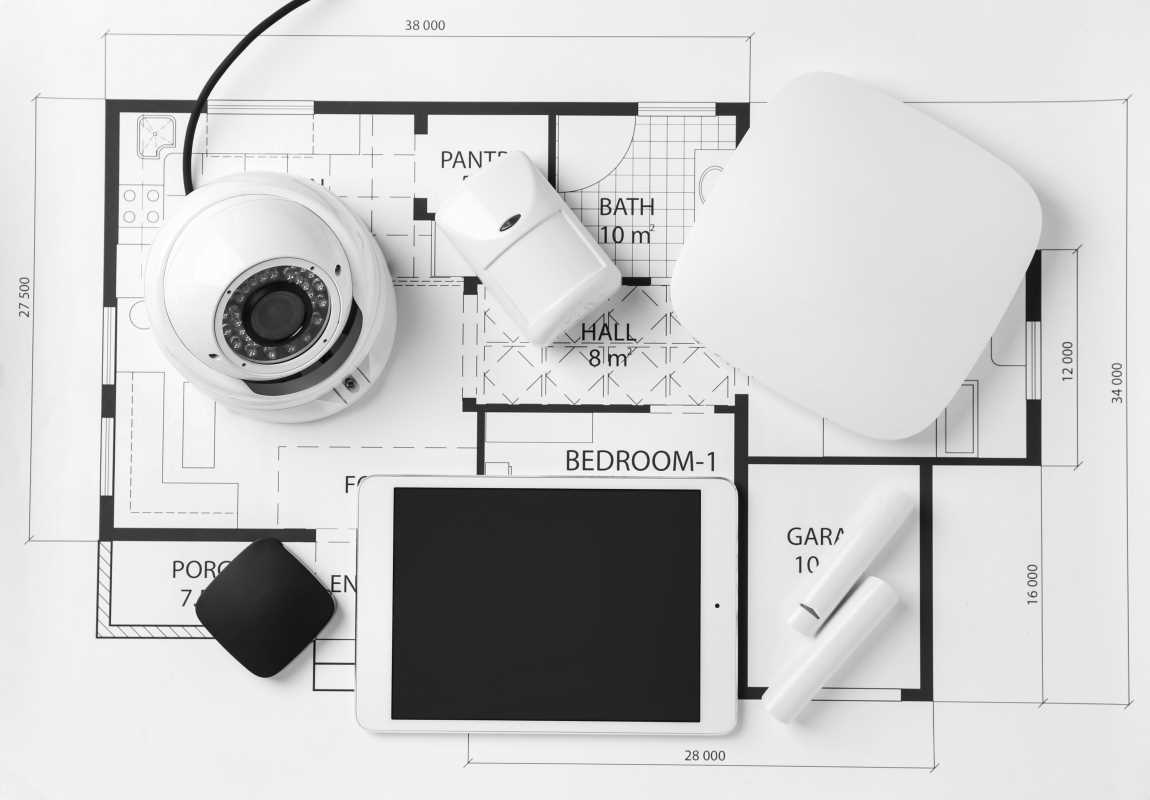Transforming your living space doesn’t have to break the bank. With a bit of creativity and some upcycled materials, you can craft minimalist furniture that not only looks stylish but also promotes sustainable living. DIY minimalist furniture projects are perfect for those who appreciate simplicity and functionality while keeping costs low. Let’s dive into how you can create budget-friendly, upcycled pieces that add a touch of elegance to any room.
Benefits of Minimalist Furniture
- Space-Saving: Minimalist furniture typically features clean lines and compact designs, making it ideal for small spaces.
- Aesthetic Appeal: The simplicity of minimalist pieces can enhance the overall look of your home, providing a modern and uncluttered feel.
- Cost-Effective: Using upcycled materials reduces the need for expensive new furniture, making it a wallet-friendly option.
- Environmentally Friendly: Upcycling promotes sustainability by repurposing existing materials, reducing waste, and minimizing the demand for new resources.
- Customization: DIY projects allow you to tailor furniture to your specific tastes and needs, ensuring each piece is unique.
Choosing the Right Upcycled Materials
Selecting the appropriate materials is crucial for creating durable and attractive minimalist furniture. Start by assessing what you already have at home — old pallets, wooden crates, and unused wood pieces are excellent starting points. Ensure that the materials are in good condition, free from significant damage or decay. You can also visit local thrift stores or online marketplaces to find affordable items that can be transformed into functional furniture. Look for materials that match the aesthetic you’re aiming for, whether it’s rustic, industrial, or sleek and modern. Remember, the key to successful upcycling lies in creativity and resourcefulness, so don’t be afraid to experiment with different textures and finishes. Consider the functionality of the materials you choose. For instance, solid wood is excellent for crafting sturdy tables and chairs, while metal pipes can be repurposed into stylish shelving units or frames. Upcycled materials not only add character to your furniture but also tell a story, making each piece a conversation starter in your home. By thoughtfully selecting your materials, you can ensure that your DIY projects are both practical and visually appealing.
Essential Tools and Supplies Needed
- Basic hand tools: hammer, screwdrivers, and a tape measure
- Power drill and electric saw for cutting and assembling materials
- Sandpaper or a power sander to smooth surfaces
- Paint, stain, or sealant to finish and protect the furniture
- Paintbrushes and rollers for applying finishes
- Safety gear: gloves and goggles to protect yourself while working
- Nails, screws, and other fasteners necessary for construction
- Upcycled materials of your choice, such as old wood, pallets, or metal pipes
Having the right tools and supplies on hand can make your DIY projects much smoother and more enjoyable. Investing in quality tools can also ensure that your furniture is built to last. If you’re just starting out, consider borrowing tools from friends or family members to save costs. Organizing your workspace and having all necessary materials readily available can help streamline the building process, allowing you to focus on creativity and craftsmanship.
Step-by-Step Guide to Building DIY Minimalist Furniture
Let’s create a simple yet elegant minimalist coffee table using an old wooden pallet. This project is perfect for beginners and can be completed in a weekend.
Materials Needed:
- One wooden pallet
- Sandpaper or a power sander
- Paint or stain of your choice
- Paintbrushes
- Four sturdy legs (repurposed or purchased)
- Screws and a drill
Step 1: Prepare the Pallet Start by thoroughly cleaning the pallet to remove any dirt or debris. Use sandpaper or a power sander to smooth out all surfaces, ensuring there are no rough edges or splinters. This step is crucial for both safety and aesthetics.
Step 2: Apply Finish Once the pallet is smooth, apply your chosen paint or stain. This not only enhances the visual appeal but also protects the wood from wear and tear. Allow the finish to dry completely before moving to the next step.
Step 3: Attach the Legs Flip the pallet over and determine where the legs will be attached. Mark the spots to ensure they are evenly placed. Using a drill, securely fasten the legs to the pallet. Ensure that all legs are stable and provide adequate support for the table.
Step 4: Final Touches Inspect the table for any loose screws or uneven areas. Make any necessary adjustments to ensure the table stands firmly. Your DIY minimalist coffee table is now ready to enhance your living space with its simple and chic design.
Inspiration and Ideas for Upcycling
Finding inspiration for your upcycling projects can be both fun and rewarding. Look for ideas in magazines, online platforms, and through DIY communities. For example, transforming old ladders into stylish bookshelves or using vintage suitcases as unique storage solutions are popular trends in minimalist furniture design. Experiment with different materials and techniques to create pieces that reflect your personal style and meet your functional needs.
Don’t hesitate to mix and match different elements to achieve a cohesive look. Combining wood with metal accents or incorporating natural fibers can add texture and interest to your furniture. Consider the overall color scheme of your home to ensure that your upcycled pieces complement your existing decor. By continuously seeking new ideas and experimenting with various materials, you can develop a unique minimalist furniture collection that truly represents your taste and commitment to sustainable living.
Maintenance and Care Tips
To keep your upcycled minimalist furniture looking pristine, regular maintenance is essential. Dust and clean your pieces regularly using a soft cloth to prevent the buildup of dirt and grime. For wooden furniture, consider applying a protective finish or wax to maintain its luster and protect it from scratches and moisture. Avoid placing your furniture in direct sunlight or near sources of heat, as this can cause materials to warp or fade over time. For upholstered or fabric-covered pieces, vacuum them regularly and address stains promptly to maintain their appearance and longevity. Periodically check the stability of your furniture, tightening any loose screws or bolts to ensure safety and durability. By following these maintenance tips, your DIY minimalist furniture will remain a beautiful and functional part of your home for years to come.
Creating DIY minimalist furniture using upcycled materials is a rewarding way to enhance your living space while being kind to your wallet and the environment. With a little effort and creativity, you can transform old items into elegant, functional pieces that reflect your personal style. Embrace the simplicity and satisfaction of upcycling, and enjoy a beautiful and sustainable home.
 (Image via
(Image via





